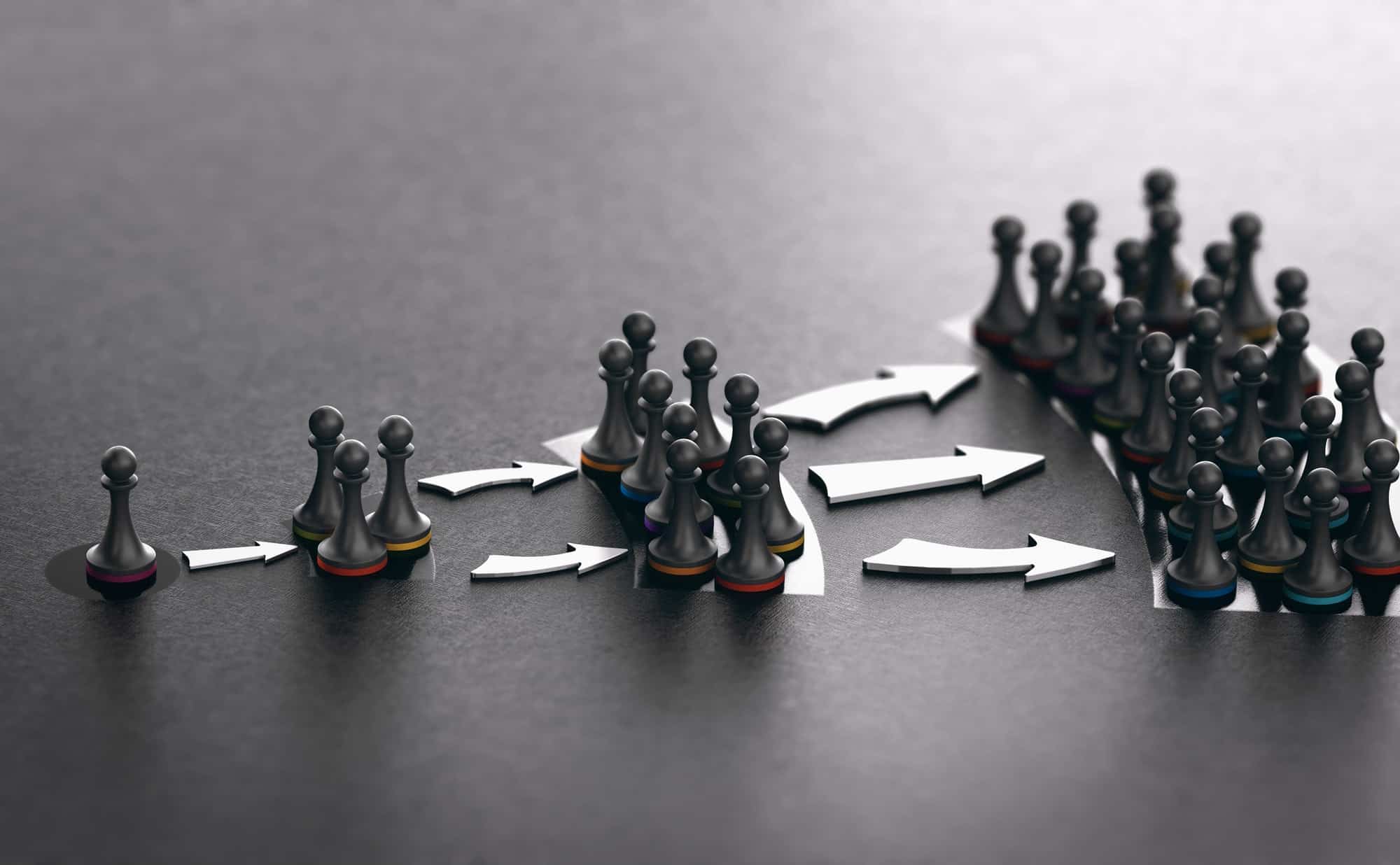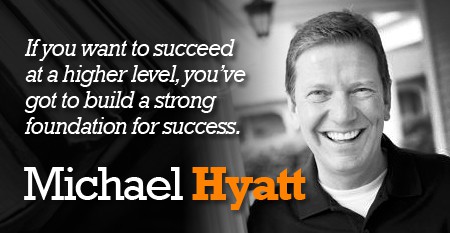Wolfgang Beltracchi is the most successful art forger in history. His fake paintings have sold for $46 million to museums and private collections all over the world. He says the experts hate him because he managed to fool them for decades – he eventually wound up in jail. Some say what he did was a crime against the art culture and others think it was acceptable because he didn’t hurt anyone.
This story paints a strong allegory to leadership. It might sound far fetched, yet how often have we tried to pass off our own behavior as fake to maintain a façade? In the following article, I’ll share some observations, insights, and research on how we can be more authentic and learn to spot our own in-authenticities.
Most people can spot someone being fake. It’s intuitively obvious and stands out like a picture of the Mona Lisa holding a cat. We owe it to ourselves and others to be real – by removing the masks that act as a veneer to who we really are.
So what’s the payoff of being fake? Are we afraid of going against the predominant group think, of being vulnerable? Or are we fearful that people won’t like us, or deep down, perhaps we don’t like ourselves?
Dr. Brene Brown on The power of vulnerability | Video on TED.com said because we live in a chaotic world we numb vulnerability. We protect ourselves by blocking emotions such as fear, disappointment, joy, and gratitude. We then feel miserable because we are looking for a connection with others – and because we are not connecting we feel vulnerable and so the cycle continues.
So what’s the payoff of authenticity? When we have the courage to be authentic, by being vulnerable, then we are better able to connect with others, lead authentically, and achieve purpose and meaning in our lives.
So how do we know if we are being authentic? James Hillman, author of The Souls Code: In Search of Character and Calling, says that, just as the majestic oak is embedded in the acorn, so do people carry inside them an active kernel of truth, or an image, waiting to be lived. The idea of a soul image exists in most cultures. The Greeks had the word daemon, the Romans the genius, to describe the invisible guiding force in our lives. Similarly, neuroscientist Anthony Damasio, asserts that we have an image imprinted in a core self-structure and we have an internal mechanism or feedback loop that moves us towards or away from this reference point. Regardless of what you call it, most of us know when we are being true to ourselves or not.
Here are four things you can do to be more authentic both personally and professionally:
- Gratefulness – spend time listing everything you can be grateful for
- Take off the masks – learn to notice and reflect on your true feelings
- Connect – by being vulnerable with others
- Believe – you are good enough
Again quoting Brown, this time in an Oprah interview, “Authenticity is a practice that applies to everyone, and we choose it every day.” For example, in a meeting, we make a choice if we are going, to be honest, and either say, “I disagree with what you’re saying,” or nod enthusiastically, put on a false smile, and agree, even if we don’t.
Beltracchi’s work is genius and unique. His real crime was to hide his true talent – his signature, to emulate someone else. Likewise, our authenticity displays our signature self. This is the mark of extraordinary leadership.







